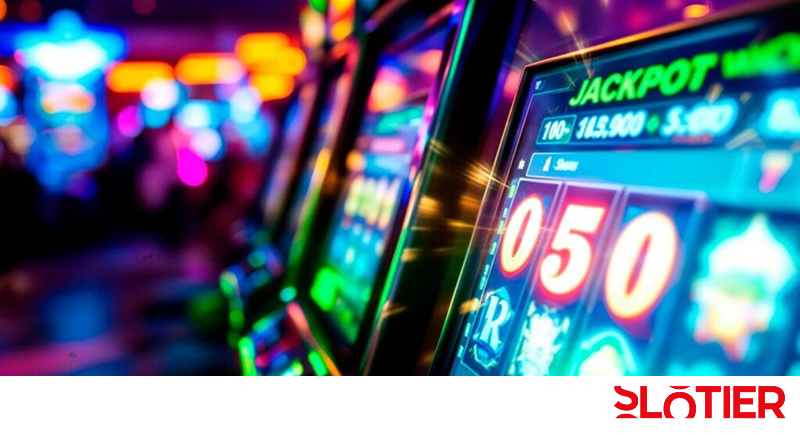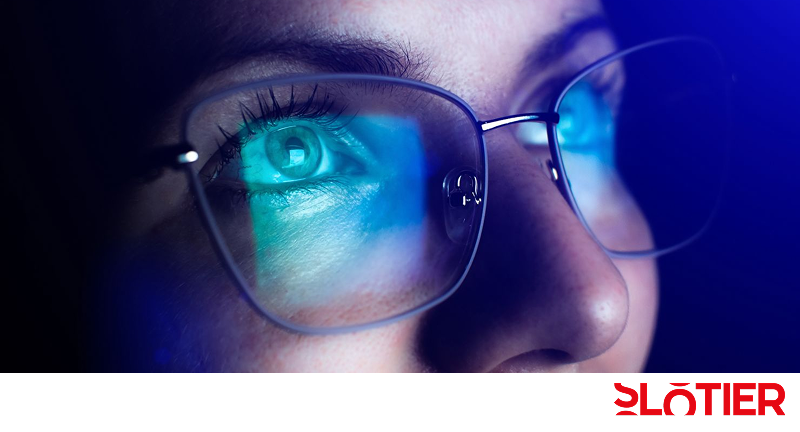How to Protect Your Vision While Playing at Online Casinos

Online casinos are increasingly becoming a part of everyday leisure, especially with the development of mobile platforms. You can now play slots, place bets on roulette or participate in poker tournaments in two clicks directly from your smartphone. But behind the convenience and excitement lies a less obvious side: the influence of the visual environment on vision. Constant eye strain, flickering screens and dynamic animations — all this is becoming a new reason for visits to the ophthalmologist.
"Sand in the eyes" and flicker: what slot lovers complain about
Complaints from users who actively play on various digital platforms increasingly include dryness, a feeling of "sand in the eyes," decreased visual acuity, and even accommodation spasms. This is especially true for those who spend time playing slot games with intense lighting effects, sharp colors and fast image changes. Fatigue can occur after 30–40 minutes of continuous play, and with a prolonged session, the symptoms worsen.
Visual overexertion caused by constant gaze fixation on the flickering interface elements often leads to headaches, decreased contrast perception, and temporary defocusing. These conditions are often combined under the term digital eye strain — visual fatigue syndrome when working with screens.
Contrast, speed, flashes: visual stress in interfaces

The design features of individual online casinos directly affect the degree of strain on vision. Many game interfaces use bright contrast, fast win animations, and constant flashes, especially in slots and traditional roulette games. This visual pressure prevents the eyes from relaxing, causing tension in the eye muscles.
Some games are additionally full of details: card animations, flashing hints, spinning reels. All this increases engagement, but at the same time requires constant attention and concentration. It is all the more important to choose platforms where the visual component is balanced, such as in the Slotier online roulette, where the design is optimized for a comfortable experience.
Slotier as an example of a visually adaptive approach
Against the background of the general trend towards visual aggressiveness, some platforms have begun to take into account visual ergonomics. Among them is Slotier. Although this is a full-fledged online casino, the interface here is built with visual balance in mind: there are no excessive flashes, the colors are muted, and the animation is smooth and unobtrusive.
Games like blackjack tables and the Slotier Casino poker section are designed to maintain engagement, but reduce the burden on perception. This approach is especially important for players who spend a lot of time on the screen. Fewer sudden changes in brightness means less visual stress.
What ophthalmologists recommend: filtration and prevention

Professionals in the field of vision recommend following simple rules for any prolonged interaction with the screen. First of all, this is the 20-20-20 mode: every 20 minutes, look at an object at a distance of 20 feet (approximately 6 meters) for 20 seconds. This micro-interruption helps the eye muscles switch and reduce spasm.
In addition, the use of glasses with protection from blue light is becoming more and more relevant. This is especially true for players who often use a smartphone or tablet in low-light conditions. It is equally important to adjust the brightness and contrast of the screen correctly, avoid playing in a dark room and, if possible, choose platforms with a visually balanced interface.
Do not forget about basic hygiene: moisturizing drops at the first signs of dryness, regular vision check, and, if necessary, the selection of contact lenses or glasses suitable for a specific activity mode.
Excitement should not harm your eyesight
Online casinos have long been a part of digital culture, and they have their place in the entertainment system. But like any interaction with the screen, they require a reasonable approach. A conscious attitude to the choice of the platform, attention to the sensations during the game and observance of visual hygiene help to maintain comfort and health.
Slotier does not claim to eliminate the risk completely, but demonstrates an example of a more careful attitude to the visual load. In a world where everything turns fast — whether it's a roulette spin or a dynamic poker table — it's especially important that at least the interface doesn't get in the way of the eyes. The rest is a matter of habits, prevention, and regular visits to an ophthalmologist.

